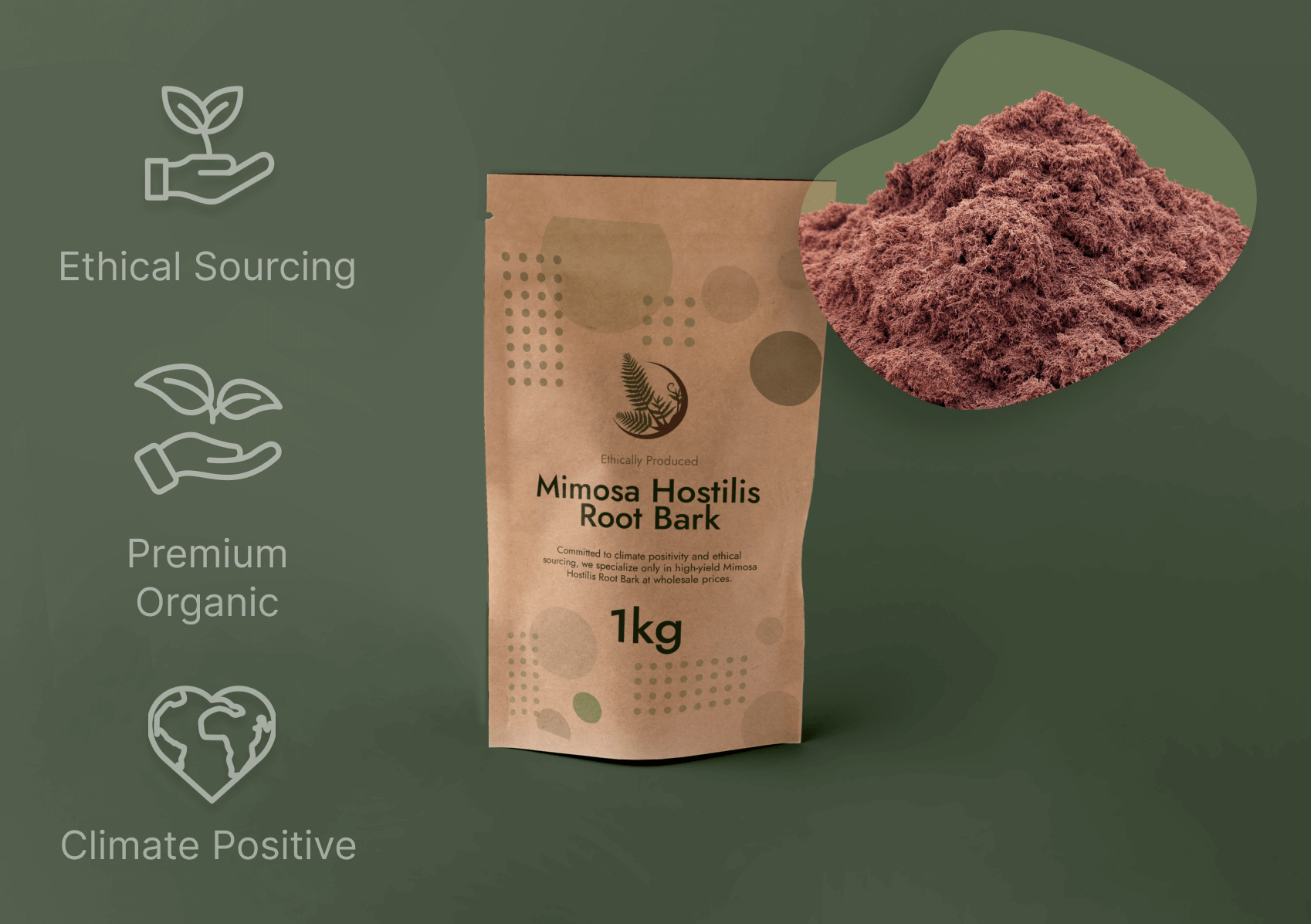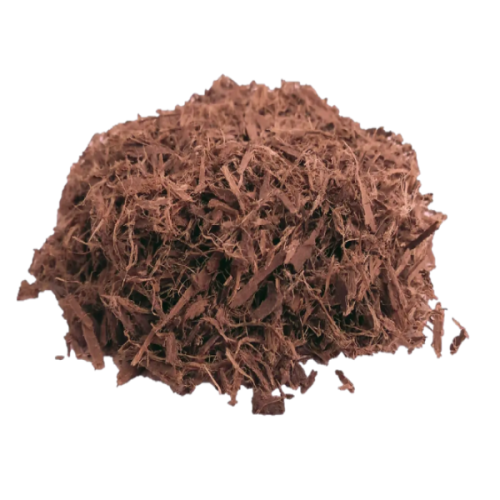Mimosa Hostilis Root Bark: A Guidebook to Origins and Utilizes
Wiki Article

Mimosa Hostilis Root Bark holds an important area in common practices and modern-day botanical programs. This informative article explores the qualities, origins, and common questions surrounding this extraordinary plant content, with a specific deal with the prized Brazillian Mimosa Hostilis Root Barks.
What exactly is Mimosa Hostilis Root Bark?
Mimosa Hostilis, scientifically referred to as Mimosa tenuiflora, is really a perennial tree indigenous on the northeastern location of Brazil and portions of Mexico. The basis bark of the tree has become made use of for centuries by indigenous communities for several functional and classic uses. The interior root bark contains noteworthy concentrations of tannins, alkaloids, as well as other phytochemicals that lead to its distinct Qualities and programs.
The tree alone is remarkably resilient, able to surviving in inadequate soils and drought situations. This hardiness contributes towards the sturdy nature on the bark and its chemical profile. When harvested sustainably, the outer root bark is diligently separated to access the valuable internal bark, which happens to be then dried and well prepared to be used.
Brazilian Mimosa Hostilis Root Bark: The Gold Normal
When talking about excellent in Mimosa Hostilis solutions, the Brazillian Mimosa Hostilis Root Barks are normally considered remarkable from the botanical industry. A number of factors lead to this track record:
Exceptional Expanding Disorders
The particular soil composition, climate, and ecosystem of Brazil's northeastern region create perfect conditions for Mimosa tenuiflora to establish its total chemical potential. The mineral-prosperous soils and specific pattern of rainfall and sunlight During this area show up to reinforce the concentration of active compounds in the foundation bark.Standard Harvesting Understanding
In locations wherever Mimosa Hostilis is applied customarily, harvesters have produced sophisticated strategies for sustainable harvesting that preserves each the tree along with the potency of the bark. This information, handed down via generations, makes sure that the bark is collected at the best time of yr and processed applying methods that keep its integrity.Distinctive Bodily Characteristics
Brazilian Mimosa Hostilis Root Bark typically shows a prosperous reddish-brown to purple internal bark by using a fibrous, dense texture. The Visible traits often function an Original indicator of high quality, with knowledgeable customers recognizing the distinctive physical appearance of bark from this area.
Popular Apps and Takes advantage of
The programs of Mimosa Hostilis Root Bark span both equally classic and modern day contexts, nevertheless It can be critical to be aware of the lawful position of such works by using varies by state and jurisdiction.
Common Craft and Observe
Indigenous communities have Traditionally utilized Mimosa Hostilis Root Bark for building normal dyes for textiles, While using the bark producing lovely shades of purple, burgundy, and deep brown. The tannin-wealthy Attributes also designed it useful for leather tanning and various practical applications.Fashionable Botanical Exploration
Modern fascination in Mimosa Hostilis Root Bark extends to varied fields of botanical exploration, significantly learning its chemical composition and opportunity apps. Scientists have discovered many intriguing compounds inside the bark that warrant even further scientific investigation.Horticultural and Agricultural Utilizes
In permaculture and sustainable agriculture, Mimosa tenuiflora is valued as being a nitrogen-repairing species that may make improvements to soil excellent. The bark itself, when processed, can be employed as being a purely natural mulch or soil Modification in certain agricultural contexts.Top quality Assessment and Identification

For those dealing with Mimosa Hostilis Root Bark, knowing tips on how to assess good quality is essential. Superior-excellent substance, particularly authentic Brazillian Mimosa Hostilis Root Barks, usually displays certain characteristics:
The visual appearance should demonstrate a clear difference amongst the outer and internal bark, with the inner bark displaying deep, lively hues. The fabric ought to have a characteristic earthy, somewhat sweet aroma, totally free from musty or moldy notes. When processed, the bark really should yield a good powder even though retaining its fibrous construction until finally grinding. Effectively dried bark should be brittle although not dusty, indicating accurate moisture information.
Routinely Requested Queries (FAQs)
one. What is the distinction between Mimosa Hostilis Root Bark from Brazil together with other locations?
Brazilian Mimosa Hostilis Root Bark is normally regarded top-quality due to the ideal increasing circumstances in northeastern Brazil, which bring about bigger concentrations of active compounds. The normal harvesting methods applied In this particular region also add to the general excellent and potency of the final solution.two. How really should I store Mimosa Hostilis Root Bark to take care of its high-quality?
Retail store the bark in a neat, dim, and dry position in an airtight container. Protection from light-weight, dampness, and Serious temperature fluctuations will help protect the bark's chemical integrity and forestall degradation of its active elements.three. Is Mimosa Hostilis an endangered species?
No, Mimosa tenuiflora is not really currently mentioned as an endangered species. Actually, It is known Brazillian Mimosa Hostilis Root Barks for its resilient development and ability to prosper Mimosa Hostilis Root Bark in tough circumstances. Nevertheless, responsible harvesting procedures remain necessary to ensure the sustainability of wild populations.4. Am i able to expand Mimosa Hostilis beyond its indigenous habitat?
Although Mimosa tenuiflora thrives best in its indigenous tropical weather, it might be cultivated in comparable environments. The tree needs properly-drained soil, a good amount of sunlight, and defense from frost. Having said that, the chemical profile of cultivated specimens may vary from wild-harvested Brazilian product.5. What is the legal standing of Mimosa Hostilis Root Bark?
The lawful status differs drastically by region and jurisdiction. In some sites, the Uncooked bark is lawful to have, while in others, particular extracts or preparations might be regulated. Usually research and comply with community legislation and rules in advance of obtaining or employing any botanical compound.Being familiar with Mimosa Hostilis Root Bark, particularly the high quality Brazillian Mimosa Hostilis Root Barks, involves appreciation of its botanical characteristics, classic context, and ideal apps. Regardless of whether for investigate, craftsmanship, or botanical review, this exceptional plant content continues to be a topic of interest throughout various fields, however usually in correct authorized and moral boundaries. Report this wiki page